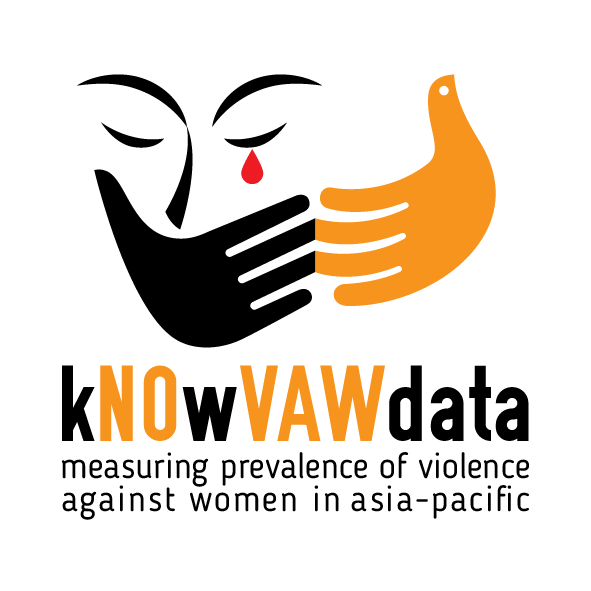
The Australian Department of Foreign Affairs and Trade (DFAT) and the United Nations Population Fund (UNFPA) Asia-Pacific Regional Office are pleased to invite you to the official launch of the joint initiative to strengthen regional and national capacities to address the issue of violence against women on 24 August, 2016 at Hotel Conrad in Bangkok, Thailand.
The new initiative aims to address the issue of violence against women, by focusing on ways to measure it better to obtain and use robust data for policy development and programme implementation to address this grave violation of human rights.
One in three women worldwide -- 35 percent -- experience physical or sexual violence at the hands of a partner or someone other than a partner in their lifetime.[1] In Asia-Pacific, survey data thus far shows that the proportion of women who report having experienced such violence ranges from 14 to 68 percent in different country contexts.
To date, in Asia-Pacific, at least 20 countries have undertaken prevalence studies on violence against women (VAW) using the methodology developed for the WHO multi-country study on Women’s Health and Domestic Violence (2005). In most of these countries, UNFPA has served as technical partner to governments and National Statistics Offices, helping to ensure ethical and sound data collection, analysis and interpretation of data on VAW, in line with international standards. UNFPA also supports the collection and analysis of data using other internationally recognized methods such as the Domestic Violence module of the Demographic and Health Survey.
There is a growing demand for reliable and comparable prevalence data on VAW since the adoption of standard indicators for measuring VAW by the UN Statistical Commission in 2011. This has only increased with the adoption by Member States of a specific target to “Eliminate all forms of violence against all women and girls in private and public spheres, including trafficking and sexual and other types of exploitation”, under the Sustainable Development Goal 5 of the 2030 Agenda for Sustainable Development (target 5.2) and the associated two indicators on VAW.
Building on UNFPA’s longstanding track record of supporting data collection on VAW, the Australian Department of Foreign Affairs and Trade (DFAT) and UNFPA are partnering to strengthen sustainable capacities to measure VAW in Asia and the Pacific. Key features of this 3.5 year initiative include developing and rolling out an up-to-date curriculum on measuring VAW, tailored support to national data collection activities and the establishment of a pool of experienced gender professionals and researchers who are able to support such data collection.
|
Agenda:
09:00 am: Registration 09:30 am: Welcome Remarks, Ms Yoriko Yasukawa, UNFPA Asia-Pacific Regional Director 09:40 am: Opening Remarks, HE Mr Paul Robilliard, Australian Ambassador to the Kingdom of Thailand
09: 50 am: Video - The story of national study on violence against women in Vietnam 09:55 am: Group Photo 10:00 am: Tea/Coffee Break
10:15 am: Expert Panel Discussion- Violence Against Women (VAW) data collection in the era of Sustainable Development Goals
12:30 pm: Lunch
|
|
RSVP (including for media interview requests):
Natsuda Suwatthanbunpot | suwatthanabunpot@unfpa.org
|
[1] Garcia-Moreno C, Jansen HAFM, et al. WHO multi-country study on women’s health and domestic violence. Initial results on prevalence, health outcomes and women’s responses. Geneva, World Health Organization, 2005
Related Links
- Press Release: Landmark Report: Violence against women a ‘hidden scourge’ in Lao PDR
- Press Release: To Tackle Violence against Women Effectively, Countries Need More Effective Data
- Masculinity, Intimate Partner Violence and Son Preference in India
- Ending violence and discrimination against women: A call to action in India and around the world
- International Day for the Elimination of Violence against Women
- Data on Violence Against Women (VAW) in the Pacific
- Swimming Against the Tide: Lessons Learnt from Field Research on Violence Against Women in Kiribati and Solomon Islands

